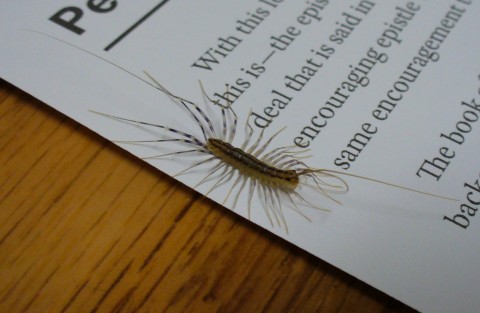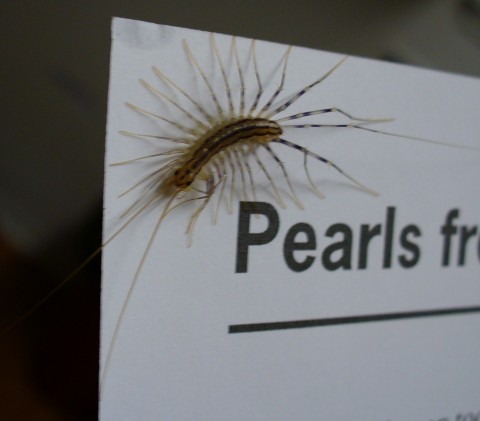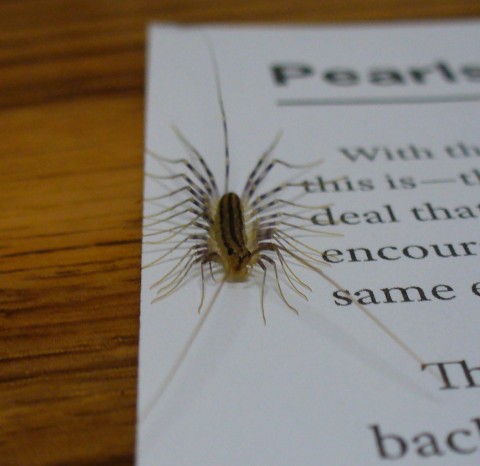When I decided to move to Georgia, I knew I wasn’t just moving to another culturally homogeneous southern city. I had been there, and seen all the Koreans and their many Hangul signs along the roads. I fancied myself as moving to a mini Korea, where I could immerse myself in their culture and learn a lot along the way.
I was right, but I also far underestimated the linguistic diversity of this Atlanta suburb. Let me tell you about this place where I live.
When you turn off the main highway through town to get to my apartment complex, you’ll see a shopping center with business names in Korean, Spanish, Chinese, and English. When I walk to work every day, I hear Spanish, and go past signs in Chinese and Korean. But this is only scratching the surface! Go into some of the apartments of the Mexicans who live here, and a whole new linguistic world is revealed. Many of them speak Nahuatl, and others speak Mixtec, Otomi, and various other indigenous Native American languages. Yes, if I was looking for Multilingual U.S.A., I have found it!
But one language at a time, here. When I first got to Georgia, I started learning Korean. Not by talking to the people, but just getting the basics down first, studying on my own. I hadn’t gotten very far when I moved to this apartment, and since I will be returning to Mexico in November, I decided to put Korean on hold for now, and really focus on Nahuatl. My goal is this: to reach a conversational level in Nahuatl by the end of November. I currently speak it very haltingly, and when I hear it, I can only understand a little. “Four months is plenty for a mission of this size,” I thought, for I began this mission a month ago. I thought about asking around to see if anyone knew of anyone who spoke Nahuatl, but I wasn’t very optimistic. “Nahuatl in Georgia? That’s absurd!”
But very soon I found out I was mistaken, and I have just returned from my next door neighbours’ apartment where nearly everyone speaks Nahuatl, with much encouragement, and a promise that I can come by any time and practice!
As you can imagine, I am elated. Just think of the consequences of this fact:
- I have a very good chance of reaching my mission if I take advantage of the proximity of native speakers to practice with
- I have a chance to use my interest in the language to build relationships and shine Christ’s light
- Because I live in a place where Nahuatl is spoken, I can actually add this language to those that I use on a daily basis, and not just whenever I go to Mexico (once or twice a year).
As I mentioned in my previous blog post, I am really busy right now with preaching, teaching, and website building, but I know I will make time for what’s important to me, and if I’m motivated enough, I can be conversational in Nahuatl by November. ¡Ma tiyakaj!


